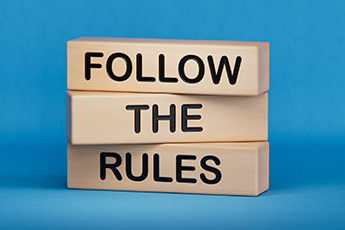When high school kids head off to college, they often ask their parents and friends what sort of degree might make sense. That is why we found research by the National Center for Educational Statistics interesting. It looked at the most popular majors for bachelor's degrees and found the top ones were business (19%), health professions (11%), social sciences and history (9%), psychology (6%) and biological and biomedical sciences (6%).
You might also be interested to find out more about how people are using bill payment these days. About $4T changes hands every year when consumers pay their monthly bills and 75% of that moves through digital channels. Though banks of every size share the market with third-party bill payment providers, bill payment is a source of convenience for bank customers and significant fee income for banks.
Banks know that online bill payment lets users automate the bill paying process, instead of visiting multiple web sites or mailing out checks every month. Doing this helps people become more consistent in making payments, which is critical when they also have loans from banks.
Bill payment systems are changing, largely in response to changing markets and customer friction points. Customers who pay bills online risk overdraft fees when payment amounts fluctuate. Late fees are another possibility, given that it takes time to process a payment and send to the vendor.
Banks are big players here because banks have the customer account and a captive audience. You therefore are the vendor of choice and of least resistance.
Community banks currently providing bill pay services, or contemplating it, will want to stay on top of features to continue to be the bill pay provider of choice. One way to do this is to offer email or text reminders that tell customers when their payments must be initiated to reach vendors on time. Another effective option is to warn customers when account balances are running low and give them more control over scheduling payments.
In addition to providing more control over payment timing and sources, banks have a clear way to pull ahead of third-party bill providers. Mobile banking apps are heavily used and most millennials now say they use a banking app at least 1x each week. In addition, as of the end of 2017, the percentage of bank customers who used mobile apps to pay bills had jumped by 30% vs. 2016.
Luckily, third-party billing services tend to lag behind banks in letting customers use mobile technology, so this is an opportunity for community banks. A recent survey showed that fewer than 50% of billers accept payment instructions from a mobile-ready website, and only about 40% offered text notifications or support.
If your bank is willing to stay ahead of the curve on bill pay features and incorporate mobile-friendly technology, you'll be taking advantage of an important income opportunity and move ahead of your nonbank competition.
Not to mention, your tech-savvy customers will likely thank you for your efforts with their increased commitment, after they study the options and see yours as clearly better.




